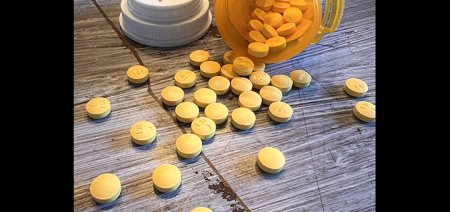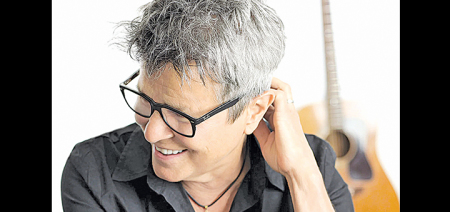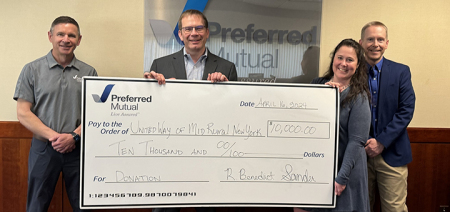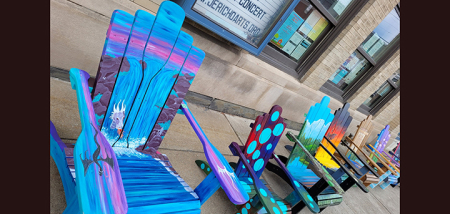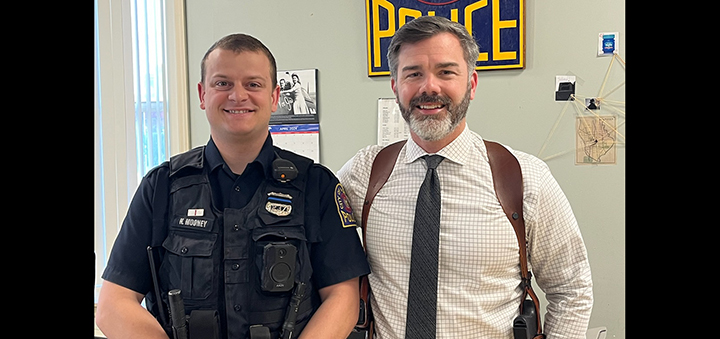This Cold Weather Is The Worst. Or Is It?
Published:
January 30th, 2019
By:
Joe Angelino
No matter how bad something is, remember: it could be worse.
This old saying works in nearly every situation; people’s pay, their housing, health, and in today’s circumstances, the frigid weather. Today’s forecast high is only in the single digits. Of course it could get colder, but what could make it worse?
How about other people shooting at you?
Late in November 1950, a scant five years after WWII, the US found itself in another war, this time on the Korean Peninsula. The 1st Marine Division found their way far north at a frigid mountainous area defined by the largest terrain feature, the Chosin Reservoir.
The Marines weren’t shivering alone at the Chosin. They were accompanied by two US Army regimental combat teams, a detachment of British Royal Marine commandos and some South Korean policemen. And, I almost forgot, there were about 130,000 Chinese soldiers surrounding the Marines at a ratio of more than 12 to 1. China’s Chairman Mao Zedong had a simple order for the Chinese soldiers: the immediate annihilation of the Marines.
For weeks the daytime temperatures climbed as high as 5 degrees, while the nighttime lows bottomed out around 35 below zero. It’s not just people who have a tough time in weather this cold, but equipment wasn’t able to function either. Batteries in vehicles froze solid, then split open. Engines had to remain running because shutting them off would cause the radiators and blocks to freeze solid. Additionally, because vehicles remained running, fuel was in short supply.
Airplanes were the only way to get supplies to the surrounded Americans, and this too was made difficult in the sub-arctic weather. The space on the airplanes was limited, so Marines had to choose wisely when asking for supplies which could be dropped by parachute – ammo, fuel, and water was the normal load. Sadly, there was no way to evacuate the wounded or the dead.
General MacArthur, the overall commander, virtually wrote off the 1st Marine Division, believing their situation was hopeless. Politicians in Washington and people at home braced for the imminent news of the slaughter of these fine men. If the Marines tried to defend in place, they would be overrun and wiped out. If retreat were even and option – it wasn’t – they would likely be routed in the chaos of that type of withdrawal through the defending Chinese lines.
Their only option was an organized, last-ditch attack against the Chinese. Since they were completely surrounded, they could attack in any direction. Wisely, they picked a southern direction of attack which would bring them closer to home. The Marines formed a 12-mile long column and attacked the wall of Chinese soldiers on a road at the bottom of a ravine. They only needed to cover about 80 miles of this rocky, frozen and contested mountainside dirt road to make it to safety.
Chinese soldiers fired down on the column. When Marines weren’t the intended targets for enemy bullets, the radiators and gas tanks of vehicles were. Trying to fire a rifle at uphill targets isn’t the easiest form of marksmanship, especially while on the move. Marines did have some good luck with their small 60mm mortars because of the high angle of flight. These mortar rounds could fire accurately in an almost vertical position––the problem with the mortars was the shortage of ammunition.
Emergency requests for resupply were sent by radio, using code words for specific items. The code for 60mm mortar ammo was "Tootsie Rolls." In the haste and confusion of battle, the radio operator on the receiving end of that urgent request didn't have the updated code sheets. All he knew was the request came from a command authority, they were fighting a battle and it must be extremely important.
The next resupply aircraft flying over the Marines in the Chosin Valley began shoving pallets out of cargo doors. Falling through the clouds, parachutes bearing loads of Tootsie Roll candy descended on the Marines. After initial shocked reactions, the freezing, starving troops rejoiced.
Frozen Tootsie Rolls were thawed in armpits, popped in mouths, and their sugar provided instant energy. For many, Tootsie Rolls were their only nourishment for days. The Leathernecks also learned they could use warmed and chewed Tootsie Rolls to plug bullet holes in fuel drums, gas tanks, cans, and radiators, where they would freeze solid again, sealing the leaks. Not unlike some mechanics today using a substance called “JB Weld."
For just short of a month, the Marines endured unspeakable misery and murderous fighting. The 10,000-man column suffered 3,000 killed in action, 6,000 wounded and nearly 100 percent severe frostbite cases. Even so, the column reached safety. Along the way, they destroyed several of Chairman Mao’s army divisions. Marines of today call these Korean War survivors "The Chosin Few" or the “Frozen Chosen."
This story was related to me in person by a Marine who was there and wrote a book about his experiences. The author was the late Joseph R. Owen and his book, “Colder than Hell, a Marine Rifle Company at the Chosin Reservoir."
Lieutenant Owen related this story from his mouth to my ears during a drive from his home in Skaneateles, NY to Albany, NY in November of 2004.
Author: Joe Angelino - More From This Author
Comments
